Some Tips On Writing Latino OCs/characters
Some tips on writing Latino OCs/characters
Avoid the stereotype of the sex-siren “fiesty” Latino tropes: This stereotype does more harm than good, as almost all classic TV representation for Latinos is shown as the big hypersexualized character. By boiling down a Latino character to simply their sexual appeal, it denies them of their cultural identification if they do not fit what non-Latinos imagine all of them look like.
Not all Latinos speak Spanish: In fact, many Latinos do not speak Spanish that often or at all. Many times, non-bilingual/Spanish speaking individuals will write Latino characters “slipping” into speaking Spanish. This, obviously, does not happen in real life. If a Latino says something in Spanish then they meant to say it in Spanish. Here are some realistic reasons why a Latino character could say something in Spanish/Spanglish:
They are speaking to their grandparents or other people who only speak that language
For emphasis. I would sometimes speak to my partner in Spanish because I felt as though I could express myself better and more naturally (also ‘te amo’ feels more impactful than ‘I love you’, but that just may be a personal thing), but this did not occur often.
They are short phrases that any non-Spanish speaker could pick up on. Hola, gracias, de nada, mucho mejor, qué onda, madre/parde, casa, por qué are all ones I use around my friends sometimes. Again, sometimes.
There are others I am sure, but please be careful when writing a Latino character speaking Spanish. As a Latino living in America, if I am be honest, unless speaking with other Spanish speaking individuals, I do not use the language all too often (just like any other language, weird how that happens).
Do your research naming Latino characters: Please do not simply look up “Hispanic names” and choose the ones you like off of a list. If all your names look something like “Diego Rodriguez” then you are doing a bad job. Here are some tips:
69% of South America is Catholic and 19% is Protestant. Using that information, you are bound to have a lot of religious names. All of my siblings are named after biblical figures. Some examples I see a lot are: Rebecca, Isaiah, Claudia, Gabriela, Marcus, Elizabeth etc.
In Latino culture, many times children take both their parents last names so their names would be hyphenated. For example: Father’s last name could be Perez-ABC and Mother’s could be Ramirez-XYZ so the child’s name would be Perez-Ramirez.
This isn’t a hard and fast rule. If only one of the parents is Latino than most often they will simply do what most of Western culture does and take the father’s last name as the family name.
Represent many aspects of Latino culture: I far too often only see Mexican Latinos, which is great, but also there are many other countries/places to represent (Cuba, Colombia, Puerto Rico, Costa Rica, Peru, Chile, Honduras and more)
Latinos have a variety of hair colors and skin tones and body types, make them: Afro-Latino people exist, write them. White passing Latinos exist, write them (though if you are only ever writing Latinos with pale olive skin and eurocentric features, you’re doing it badly). Latino people with thick curly hair and bold features exist. Talk about it. Latinas are not just your vessel to write about “thicc” or curvy women. Petite Latinos and especially plus sized latinos need representation. Represent them.
Latinos do not just eat ‘Mexican’ food: Stop associating all your characters with tacos and burritos.
If you do have Latino characters don’t be afraid to make them queer or disabled or anything else under-represented.
Avoid stereotypes altogether: The maid, the drug dealer, the sex symbol, the immigrant, we get it. That’s all we see in the media. Look up stereotypes, avoid them. It’s not “making a statement”, it’s racist, stop it.
If you describe any Latino person as “spicy” or “exotic”………………… :) you know
Make sure the connection to their cultural background makes sense: Some Latinos have a strong connection to their country and culture, some do not. Make sure it makes sense for their family history, background, etc.
This is all I can sort of think of off the top of my head. Latino people, please feel free to add on with anything else (my experiences are a bit limited as a Puerto Rican living in America, so the more perspectives the merrier). White people and non-Latino POC’s can comment questions but please don’t clown (no “I am not latino but also…!)
Please reblog, this is important for non-Latino creators!
More Posts from Lilhaileyfoofoo and Others
Sea Shanties 101: Let's explore
TYPES OF SHANTIES
If you've any experience in sea shanties, you've probably noticed they don't all sound the same. Some are slow, some are fast, and some are just downright sad! Well there's method behind the melody, and I'm here to tell you all about it!
A shanty frequently contains a CALL, which is what the shantyman would sing out, essentially the verses of the song, and the RESPONSE, which is what the men would sing back. For example in Haul Away Joe: the call is "Louis was the king of France before the revolution," and the response is "heave away, haul away Joe."
One of the first things to keep in mind is that shanties were used most frequently during tasks that required most of the crew. I'm now going to separate these types of work shanties into categories:
CAPSTAN SHANTIES: these shanties were used for repetitive work that was sustained, such as raising the ship's anchor at the capstan. Examples? Randy Dandy-Oh, Drunken Sailor, Eliza Lee, Barrett's Privateers (though this was written long after the age of sail!)
HALYARD SHANTIES: sung during tasks that took a very long time and required a break for a breath before the men started up again, such as hoisting a sail. Examples? Blow the Man Down, Leave Her Johnny, Hanging Johnny (Johnny really took the piss huh)
PUMPING SHANTIES: let's hope you didnt have to do a lot of pumping! Wooden ships were prone to leaking and so pumping out the water was necessary but tiresome work below decks. Examples? Santiana, Pump Shanty (surprise there)
SHORT-HAUL SHANTIES: for quick work, like shortening sails! Examples? Haul Away Joe, Paddy Doyle's Boots, Haul on the Bowline
There's some of our task shanties! Now why don't we go below and see what our off-duty men are getting up to?
Why, they're singing FO'C'SLE SHANTIES! These shanties are stories of life at sea, the work they'd done, the places they'd been, they can tell you a lot about a sailor's life. Examples? Rolling Down to Old Maui, Ben Backstay, All for me Grog
Fun! How about those far away in the polar seas hunting whales? Well I'm glad you asked because this is where we encounter WHALING SHANTIES! And yes, you guessed it, this is where Wellerman comes in! Other examples include Bonnie Ship the Diamond, The Greenland Whaler Fisheries
Now of course the most important rule of sea shanties is to have fun with your buds! Be sure to tell everyone you know about your newly-acquired shanty knowledge!
Disabled people who can walk short distances should not have to fear parking in a disabled space and walking into a store.
Disabled people in wheelchairs should not have to fear moving their legs or briefly standing up.
Disabled people should not have to fear using a cane on their bad days.
Disabled people shouldn’t have to feel weary about having too much fun and being seen enjoying themselves.
Disabled people shouldn’t have to live in fear of getting attacked, getting called a fake and even getting reported for benefit fraud just because they don’t fit the ableist profile of what you think a disabled person looks like and acts like.
Disabled people deserve to be able to safely leave the house and live our lives without fear and judgment.
When your lady on her period.

WARNING!!!
THIS CANDY IS NOT CANDY. IT IS DRUGS DISGUISED AS CANDY. IF ANYONE YOU KNOW CARRIES IT, TAKE THE CANDY AND THE POLICE OR THROW IT AWAY IMMEDIATELY. REBLOG TO SAVE A LIFE.


Costume. Chitons.

looks like she needs to let the soup cool down before she gets burned. Oh too late!
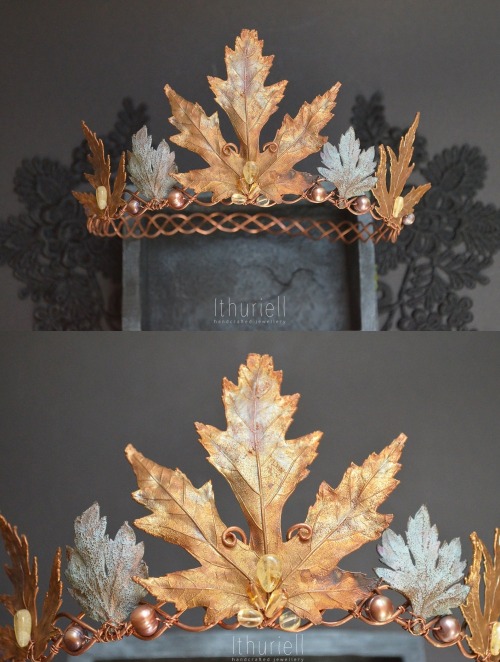
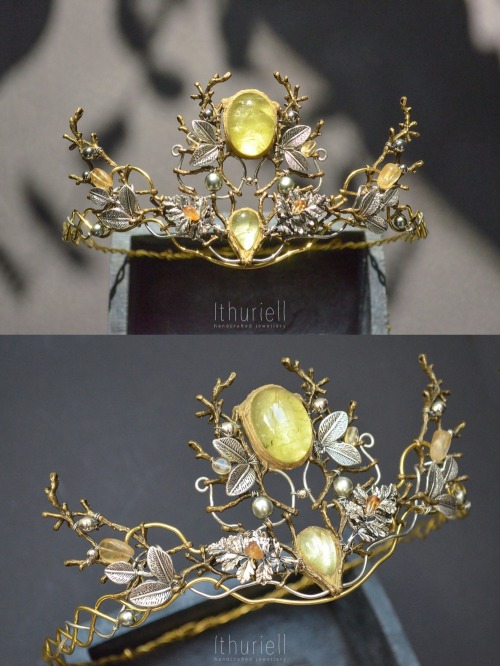
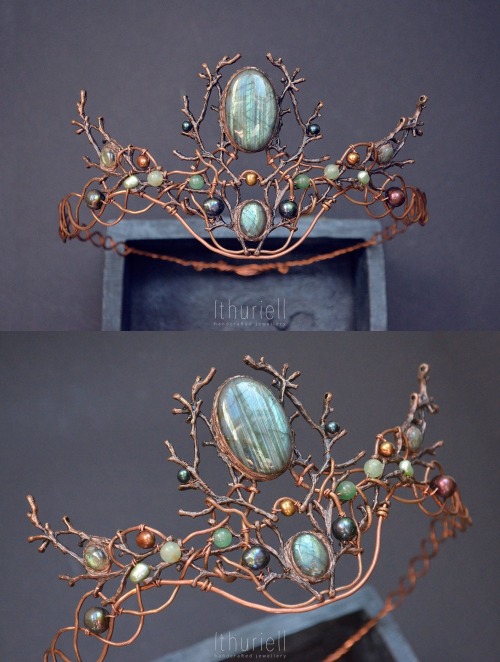
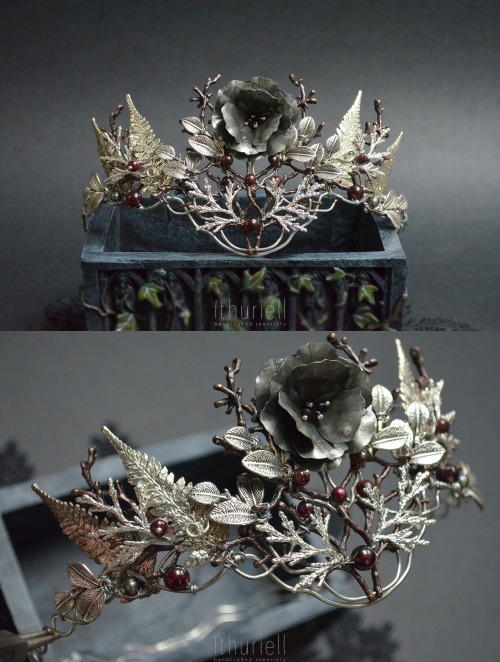
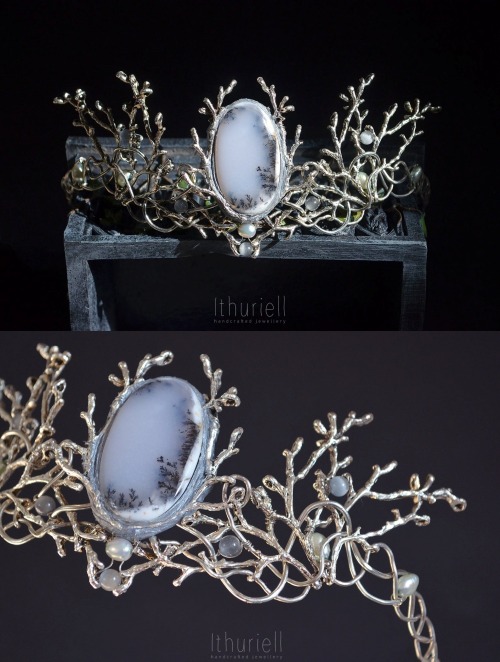
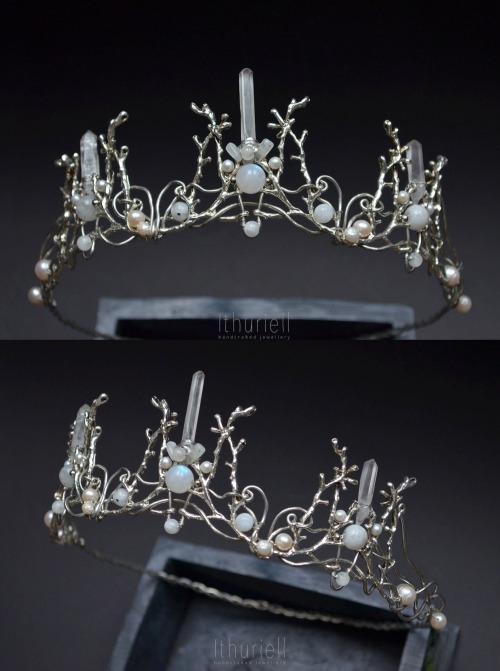
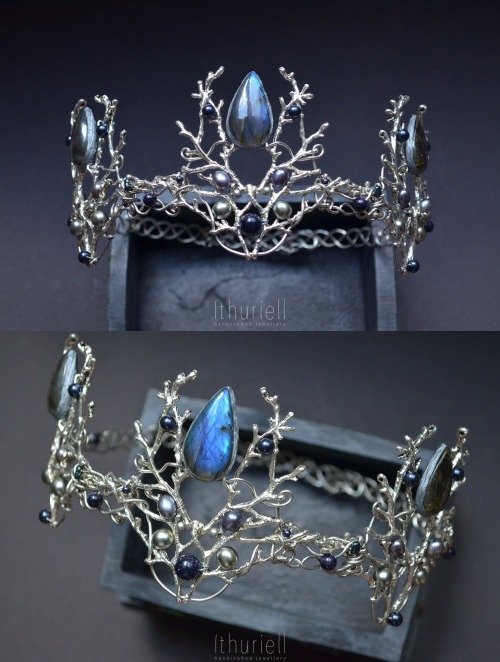
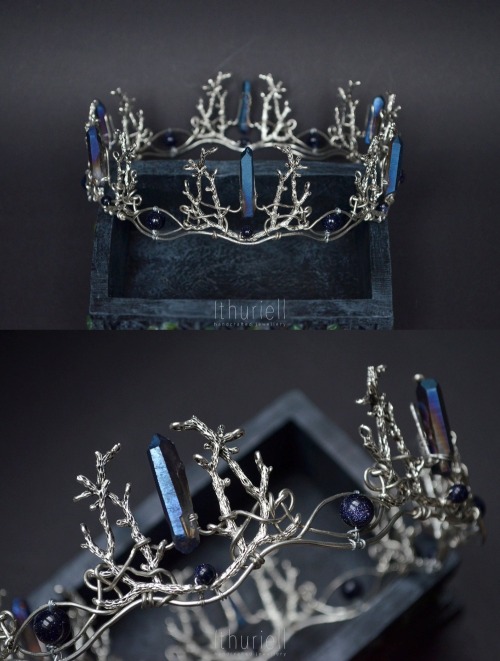
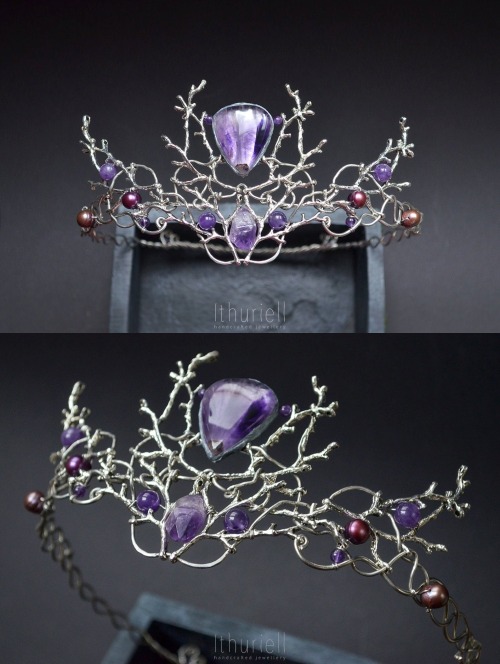
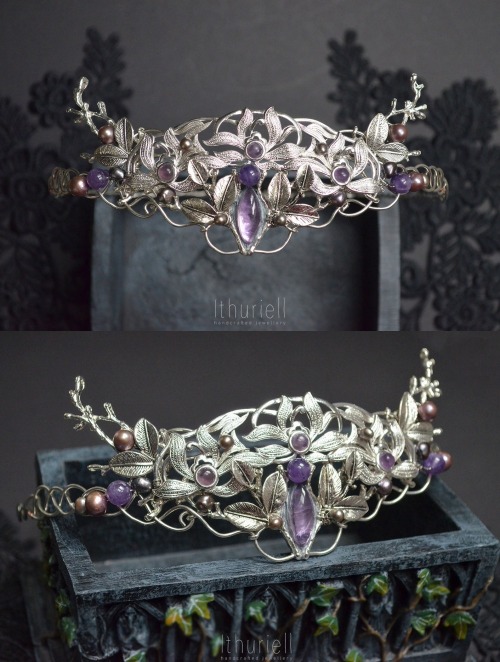
Crowns and Tiaras
Ithuriell on Etsy
A quick history of Vietnamese women’s fashion (part 2: 16th-18th century North Vietnam)
Before we dive in, please note that Hanoi (and by extension North Vietnam) at that time was called Tonkin (東京).
During 16th century, the fashion of North Vietnamese women was similar to that of South Vietnamese women as recorded in Boxer Codex (see Part 1). Below is the relief of the Mạc dynasty’s Dowager Empress Vũ Thị Ngọc Toàn, dated 1562, a National Treasure at Trà Phương pagoda in Hải Phòng province. In the relief, she is wearing an yếm undergarment, with thường skirt and đối khâm coat.

(Image source)
Moving on to the 17th century, in Vietnam Museum of Fine Arts, we can find the statue of Ducchess Nguyen The My dated 1632 depicting noble North Vietnamese women’s fashion. She wore her hair long, with yếm undergarment and đối khâm coat, but in between the layers she also wore a giao lĩnh cross collar robe. Her clothes are richly trimmed with gold decorations.

(Image source)
How about the common North Vietnamese (Tonkin, 東京) woman? The earliest illustration of them I can find is in the Japanese book “Vạn quốc nhân vật đồ thuyết” (Illustrations and explanations about characters from 10,000 countries, 1720). If you are asking yourself if this illustration could instead be about Tokyo (as its Chinese character is also 東京) woman, this could not be the case. In 1720, Tokyo was known as Edo (江戸). It was only in 1868 during the Meiji Restoration that Edo was renamed to Tokyo. Back to the illustration, we can see that during this time North Vietnamese common women wore a giao lĩnh cross collar robe outside, with two layers of thường skirts, with the outer layer shorter than the inner layer.

(Image source)
Illustration of North Vietnamese women in “Hải ngoại chư đảo đồ thuyết” (Illustrations of foreign islands) is also similar. This book is dated to the 18th century too, but I cannot find the exact year.

(Image source)
There is a wide-ranging variety of patterns possible on the giao lĩnh cross collar robe, as can be seen in the below tố nữ đồ (素女圖) also from the 18th century. These women wear their robes loosely so that the top part of yếm undergarment is shown like the statue of Duchess Nguyen The My and their robes is long enough to cover their thường skirts.

(Image source)
The same North Vietnamese women’s fashion style is also recorded in Qing dynasty’s imperial book Hoàng Thanh chức cống đồ (皇清職貢圖) created in mid-18th century, with the noble lady (left) wearing more layers than the common woman (right).

(Image source)
North Vietnamese noble ladies layered multiple giao lĩnh cross collar robe in early 19th century too. Painted in 1804, the below portrait of Lady Minh Nhẫn at the Vietnam Museum of Fine Arts shows that they wore at least 3 layers.
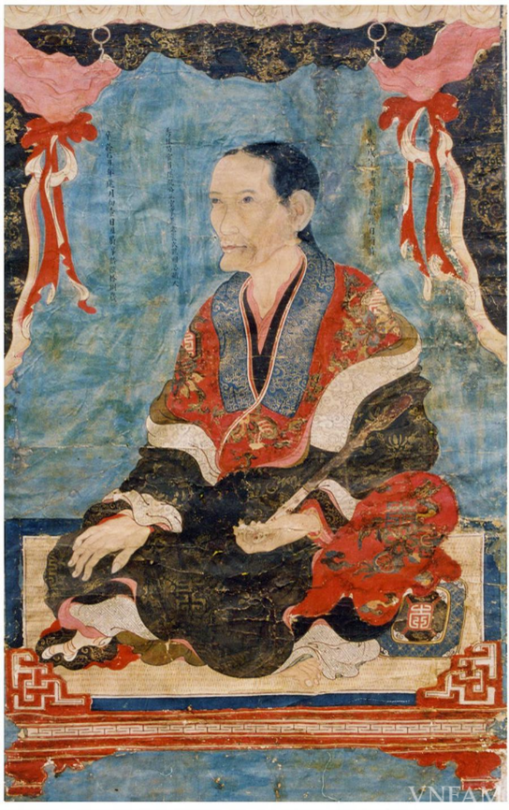
(Image source)
The viên lĩnh round collar robe can also be found in North Vietnamese women’s fashion during this era, as can be seen in the extracts from 18th century paintings “Võ quan vinh quy đồ” and “Văn quan vinh quy đồ” (Celebrated return of the martial/civil mandarin) belonging to the Vietnam Museum of Fine Arts. The robes can either be tucked inside or cover the thường skirt.

(Image source)
By early 19th century, Tonkin (North Vietnam) and Caupchy (South Vietnam) was unified under the rule of Nguyễn dynasty. The new dynasty implemented many changes, including naming the country “Viet Nam” and the former capital city Tonkin (東京) into “Hanoi”. As Nguyễn dynasty emperors are the descendants of the Nguyễn lords who used to rule Caupchy, they continue to enforce the clothings reform started by Lord Nguyễn Phúc Khoát in 1744. The emperors were persistent despite the push back from former Tonkin population. Their numerous decrees about Tonkin clothings reform are recorded in the book “Khâm định Đại Nam hội điển sự lệ” (Collected statutes of the Nguyễn dynasty, 欽定大南會典事例, 1843 – 1914). The women’s reluctance to change was humorously reflected in the following folk rhyme (apologies that my translation has no rhyme):
“In August, the emperor decreed
Banning bottomless pants, making us so fearful
If all of us stay at home, the market will be empty
But if we go, we must robe our husbands of their pants!
If you have pants, go and sell your produces at the market
If not, go to the village gate and watch out for the inspector.”
Tháng tám có chiếu vua ra
Cấm quần không đáy người ta hãi hùng
Không đi thì chợ không đông
Đi thì phải lột quần chồng sao đang!
Có quần ra quán bán hàng
Không quần ra đứng đầu làng trông quan.
(Source)
Although women in North Vietnam gradual accepted to wear the same áo ngũ thân five-panel robe as their sisters in the South, they had a distinct fashion that call back to their favourite giao lĩnh cross collar robe and đối khâm coat. I will explore more on that in Part 3 of this series.










as requested- my zine about fat and plus size body types from instagram!💖 happy drawing everyone!

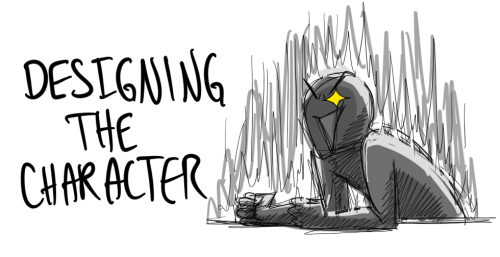

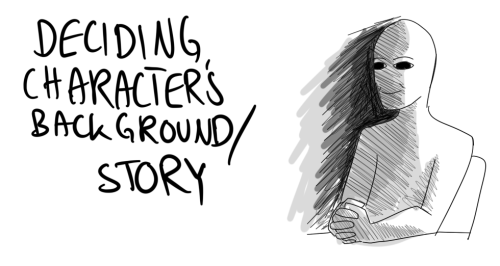

the suffering never ends
-
 mayxncheese liked this · 2 months ago
mayxncheese liked this · 2 months ago -
 vapourmoor liked this · 2 months ago
vapourmoor liked this · 2 months ago -
 justalunaticfangirl liked this · 2 months ago
justalunaticfangirl liked this · 2 months ago -
 hijabi-flavored-nerd reblogged this · 2 months ago
hijabi-flavored-nerd reblogged this · 2 months ago -
 phrogthegene liked this · 2 months ago
phrogthegene liked this · 2 months ago -
 deprivedofbraincellsandsleep reblogged this · 2 months ago
deprivedofbraincellsandsleep reblogged this · 2 months ago -
 jinxed-starry-pages reblogged this · 2 months ago
jinxed-starry-pages reblogged this · 2 months ago -
 nep-2-une liked this · 2 months ago
nep-2-une liked this · 2 months ago -
 maureenkpliskin liked this · 3 months ago
maureenkpliskin liked this · 3 months ago -
 calicoboything liked this · 3 months ago
calicoboything liked this · 3 months ago -
 herehaveafandom reblogged this · 4 months ago
herehaveafandom reblogged this · 4 months ago -
 bee-s0up reblogged this · 4 months ago
bee-s0up reblogged this · 4 months ago -
 bee-s0up liked this · 4 months ago
bee-s0up liked this · 4 months ago -
 astrovex liked this · 4 months ago
astrovex liked this · 4 months ago -
 dogakizilkaya106 liked this · 4 months ago
dogakizilkaya106 liked this · 4 months ago -
 bitchidkandidc reblogged this · 6 months ago
bitchidkandidc reblogged this · 6 months ago -
 heckcareoxytwit reblogged this · 6 months ago
heckcareoxytwit reblogged this · 6 months ago -
 rebloggywoggy reblogged this · 6 months ago
rebloggywoggy reblogged this · 6 months ago -
 sifeygaslighter17 liked this · 6 months ago
sifeygaslighter17 liked this · 6 months ago -
 heckcareoxytwit reblogged this · 6 months ago
heckcareoxytwit reblogged this · 6 months ago -
 strawwwberrys liked this · 6 months ago
strawwwberrys liked this · 6 months ago -
 heckcareoxytwit reblogged this · 6 months ago
heckcareoxytwit reblogged this · 6 months ago -
 heckcareoxytwit liked this · 6 months ago
heckcareoxytwit liked this · 6 months ago -
 bunzzghost liked this · 6 months ago
bunzzghost liked this · 6 months ago -
 mofsblog reblogged this · 7 months ago
mofsblog reblogged this · 7 months ago -
 soul-lime reblogged this · 7 months ago
soul-lime reblogged this · 7 months ago -
 cubertthecube liked this · 7 months ago
cubertthecube liked this · 7 months ago -
 pro-crastinate17 reblogged this · 7 months ago
pro-crastinate17 reblogged this · 7 months ago -
 pro-crastinate17 liked this · 7 months ago
pro-crastinate17 liked this · 7 months ago -
 doomsdayradio reblogged this · 7 months ago
doomsdayradio reblogged this · 7 months ago -
 ladyimaginarium reblogged this · 7 months ago
ladyimaginarium reblogged this · 7 months ago -
 akari-m00n liked this · 7 months ago
akari-m00n liked this · 7 months ago -
 almaggedon liked this · 8 months ago
almaggedon liked this · 8 months ago -
 kittyxherondale reblogged this · 8 months ago
kittyxherondale reblogged this · 8 months ago -
 abathandabook liked this · 8 months ago
abathandabook liked this · 8 months ago -
 roseryscircusofthings liked this · 8 months ago
roseryscircusofthings liked this · 8 months ago -
 crunchlite reblogged this · 8 months ago
crunchlite reblogged this · 8 months ago -
 crunchlite liked this · 8 months ago
crunchlite liked this · 8 months ago -
 voidika reblogged this · 8 months ago
voidika reblogged this · 8 months ago -
 g0dspeeed reblogged this · 8 months ago
g0dspeeed reblogged this · 8 months ago -
 cloudofbutterflies92 reblogged this · 8 months ago
cloudofbutterflies92 reblogged this · 8 months ago -
 cloudofbutterflies92 liked this · 8 months ago
cloudofbutterflies92 liked this · 8 months ago -
 xstarrydawnx liked this · 9 months ago
xstarrydawnx liked this · 9 months ago -
 bvaphyx reblogged this · 9 months ago
bvaphyx reblogged this · 9 months ago -
 xstarrydawnx reblogged this · 10 months ago
xstarrydawnx reblogged this · 10 months ago

I mostly reblog writing and art related resources here. BLMMy main account is FoofsterRoonie. My art blog is FoofsterArtAnd my writing blog is Foofsterwriting:)
197 posts